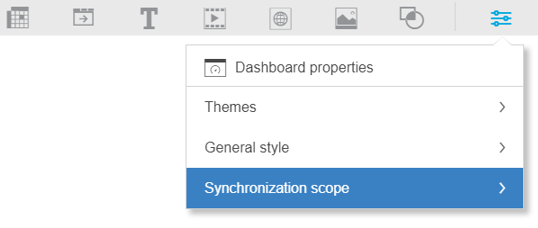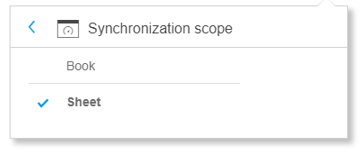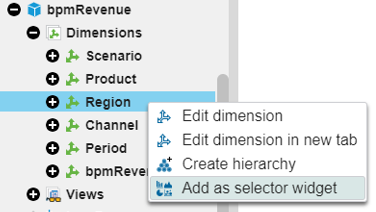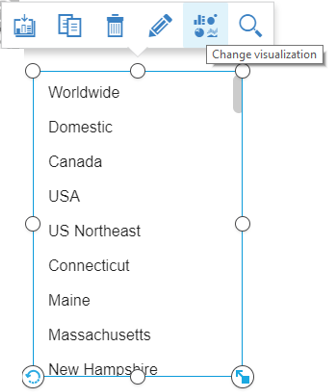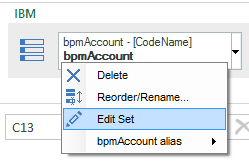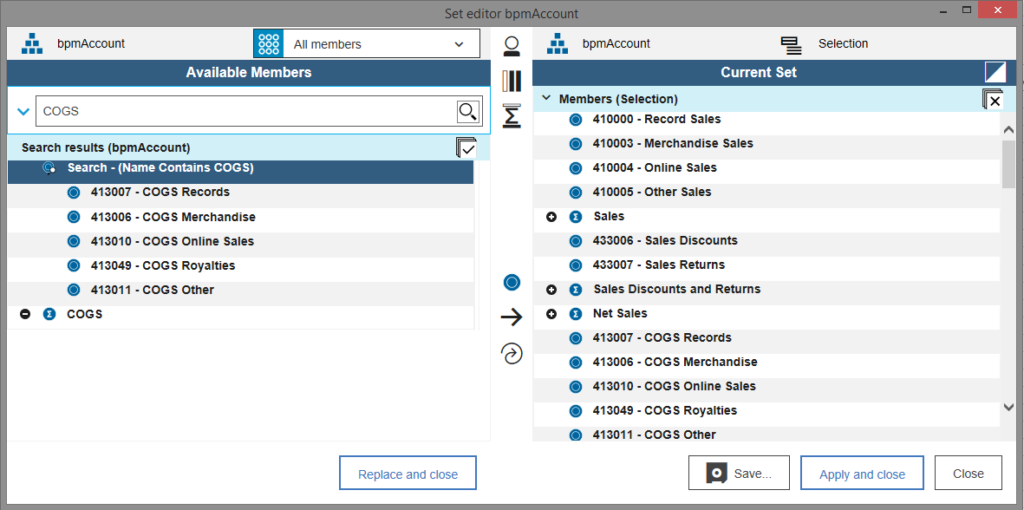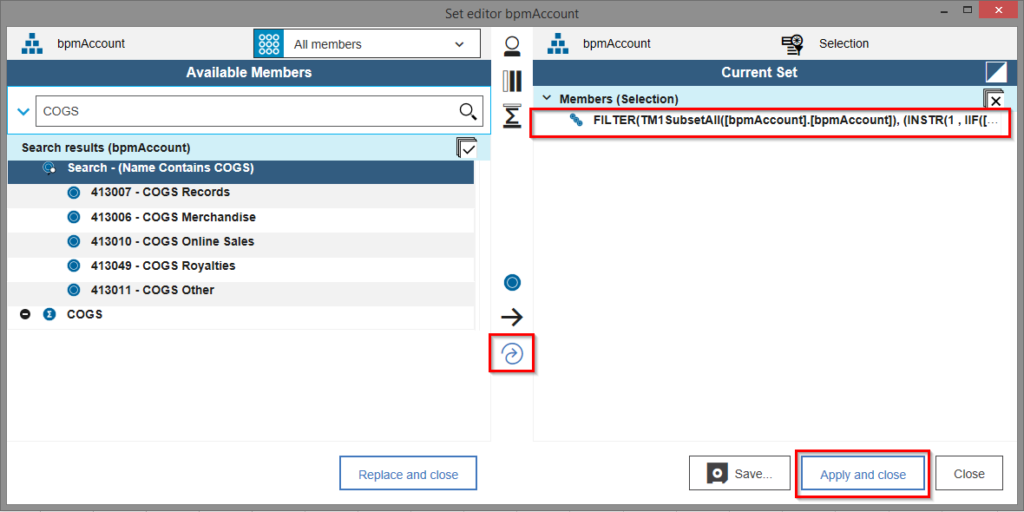In response to customer requests, we’ve been expanding our Customer Care program. The newest option is a Performance Tune-Up. Proper maintenance of your TM1/Planning Analytics environment is the key to overall good health and performance. Think of our team as your “mechanics” for your solution. You take your car to the auto shop for regular tune-ups. Why not do the same for TM1/Planning Analytics?
We’ve designed this service to make sure your system is running at its best. It is a recurring, scheduled maintenance program consisting of annual tune-ups and quarterly tune-ups. We’ll conduct interviews with your users and detailed technical reviews of your cube models, reports, business processes and the overall environment.
The Performance Tune-Up accomplishes many things, including:
- Verifying that your TM1/Planning Analytics solution is maintaining peak performance levels and meeting your business and technical requirements
- Confirming you are up-to-date with the latest IBM technology and leveraging new features and capabilities
- Ensuring a positive end-user experience
We also offer other services for customer care. These include a subscription-based dedicated TM1/Planning Analytics Help Desk and a System Administration as a Service (SAaaS) offering. Our dedicated TM1 Planning Analytics Help Desk helps you diagnose, troubleshoot and resolve bugs and other issues related to your entire TM1/Planning Analytics environment – including all of your customizations and configurations. Our SAaaS solution is designed to free up your team from the labors of TM1 administration and comes in two options: fully out-sourced coverage and backup/supplemental coverage.
Let our expert team at Revelwood free up your time by taking advantage of our Customer Care program today!


